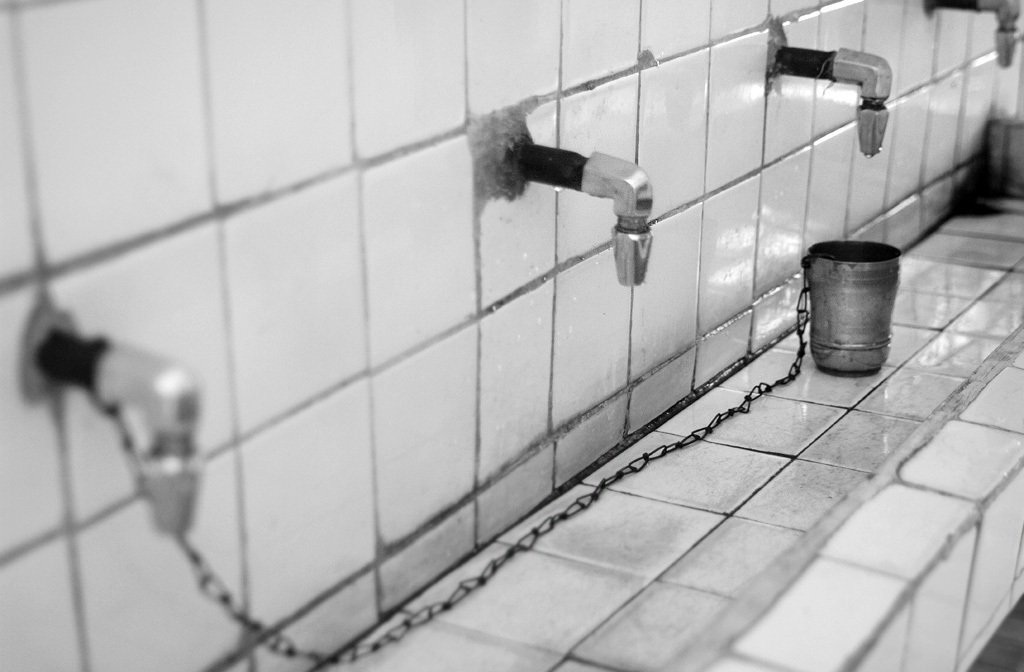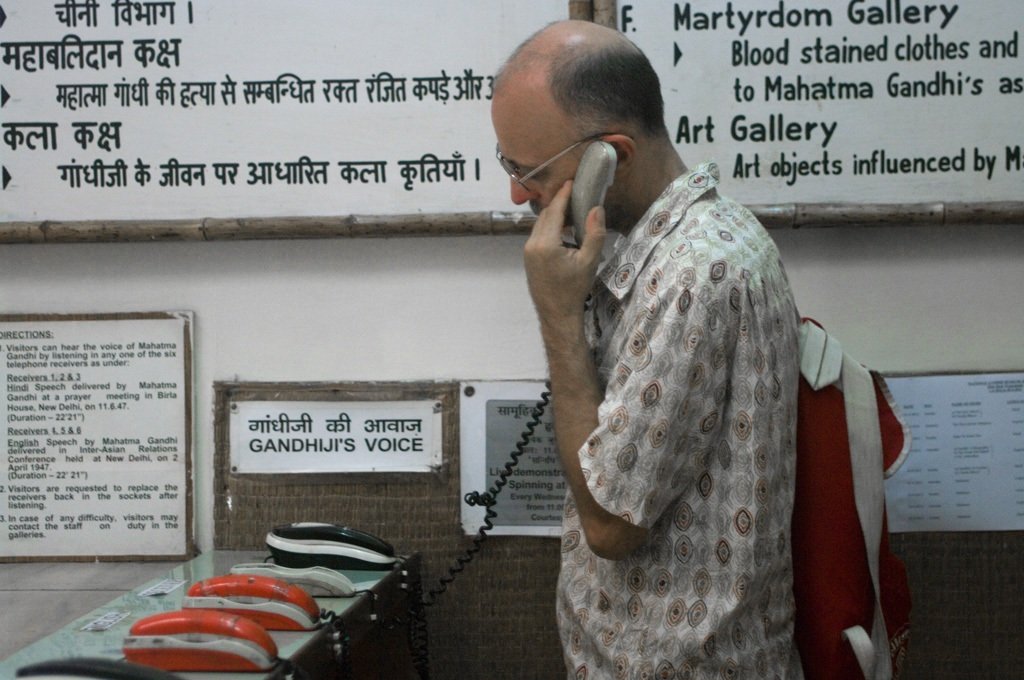Perhaps Moscow needs a Lenin museum. And even the Stalin Museum is needed. Not a “cult of personality” museum, but the personality itself. After all, I ran, having arrived in Delhi, not to look at the palaces (I must say – pompous, dull and late), but to the Gandhi Museum!
Museums are interesting because they are a two-layer thing: they tell not only about the subject, but also about the attitude of society towards it. And if the society has changed – the more clearly.
Of course, I want to see history through the eyes of modern knowledge. But even when reconstructing museums, I would leave one hall of each of the previous expositions. That would be real time travel!
Imagine the Stalin Museum: 50s, Khrushchev’s, 70s, Putin’s, each in his own way…
And the Gandhi Museum is very strange. On the one hand, clean, tidy, utilitarian: taps with drinking water in the corridor, sterile toilets, well-fitting tidy doors. On the other – a beggarly exposition in the spirit of provincial local history.
The main part of the building is a library, an archive. Only a couple of halls with an exposition. Photos, letters, fountain pen, spinning wheel. And in the very center, under glass and spotlights, there are piles of worn, washed personal linen, several pairs of warped, completely knocked down sandals. A white shirt with traces of blood and a bullet hole looks even more unusual – he went out on his last walk in it.
I immediately imagined myself as some kind of “apostle”, secretly pulling out the teacher’s holey panties from the garbage heap. It is unlikely that Gandhi himself solemnly presented them as a gift to anyone.
Only when I started reading the texts of the Mahatma himself did I understand that the museum still creates the most accurate image. Temperance, hygiene, practicality. And yet – the search for the spirit, doubts, fanaticism. This can only be conveyed in the language of art. But if the followers looked at the world in the same way as he did, then why empty artistry?
It cannot be said that Gandhi is completely insensitive to beauty. On the contrary, he sees sacred texts not as a set of rules, but as high literature. His thinking is sensual and intuitive. But only touching human characters, words or deeds. So far, I have not found a single thought from him, much less delight from contemplating the beauty of the world. That bright, unstoppable beauty, which boils all Indian life.
“The temple is richly decorated”, but the main thing is “unsanitary conditions inside”. And that’s it. But the topic of food, the same linen and toilets – great attention. It’s like mania. In fact, for him, everything material is called, first of all, not to interfere with the free development of the spirit, only supporting vitality in a person. Confusion, passionate search, faith – everything is there, inside. Outside – pragmatism and a cleanly washed chamber pot.
Photography is prohibited in the halls of the museum. Although of the values there are only showcases with linen.
Drinking water. In real Indian edals, it is also put on the table for free.
Pick up the phone and talk to the teacher.
Art still has a place here. Paintings painted in memory of Gandhi hang in a separate corner.
And the three most amazing photographs of the museum: Rabindranath Tagore and Gandhi in their youth and maturity.










